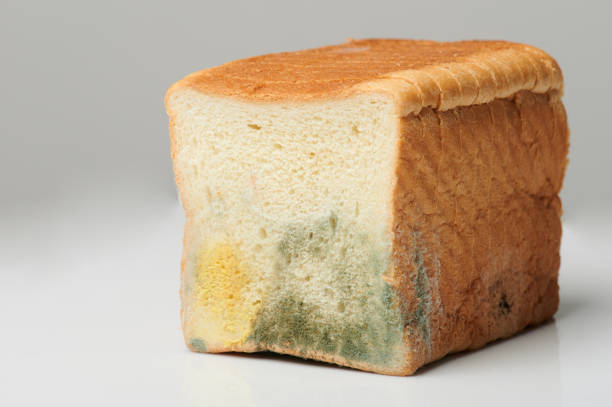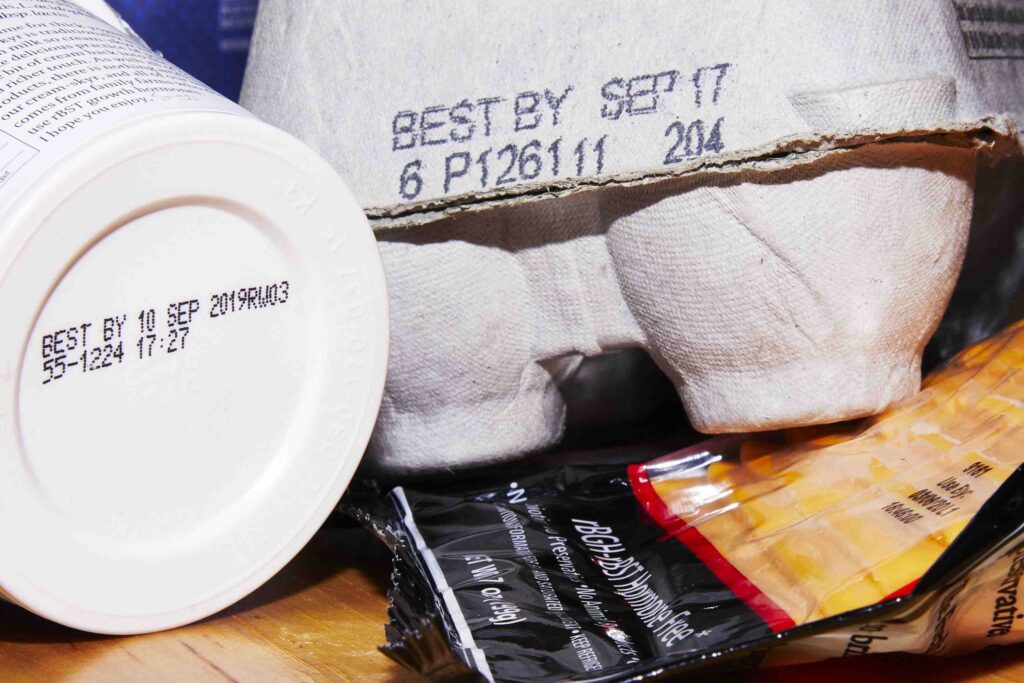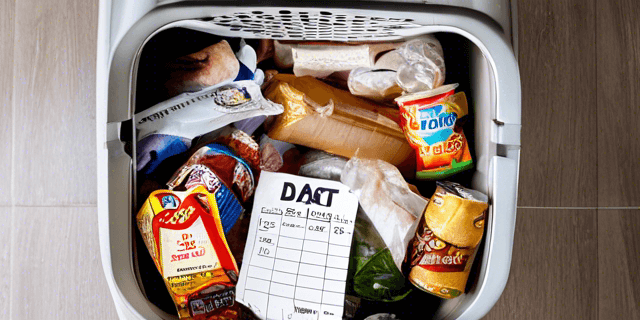Understanding the mysterious codes stamped on food packaging can often leave us feeling puzzled. Cracking the Code of Food Dates dates are meant to be our guides, indicating when a product is at its best quality and when it might be unsafe to consume.
However, the multitude of terms and inconsistent labeling practices can lead to confusion, resulting in unnecessary food waste or potential health risks. Knowing the significance of expiration dates is crucial for making well-informed decisions in the kitchen.

Lack legal regulation
To make things even more complicated, expiration dates lack legal regulation or standardization, allowing companies to use different terms and dating systems. This article aims to simplify the frequently misunderstood world of food expiration dates, exploring their origins, definitions, and practical applications. By shedding light on this subject, our goal is to empower you with the knowledge needed to confidently navigate grocery aisles and home pantries.
The Confusion Surrounding Food Expiration Dates
The confusion stems from the absence of uniform labeling practices and the usage of multiple terms, such as “best if used by,” “use by,” or “sell by,” each carrying a unique meaning. Additionally, the focus on quality rather than safety in expiration dates adds to the uncertainty. You may wonder if a food item beyond its expiration date is still safe to eat, leading to potential health risks or unnecessary waste.

The History of Food Expiration Dates
The concept of food expiration dates emerged in the 20th century as a way for manufacturers to communicate the freshness and quality of their products. Gaining traction in the United States during the 1970s, consumer advocacy groups pushed for transparency and food safety standards. However, the absence of federal regulation resulted in a patchwork of state laws and voluntary guidelines, leading to varied and sometimes conflicting practices. Despite efforts by the food industry to standardize expiration date labeling, inconsistencies persist.
Decoding “Best if Used By/Before” vs “Use By” vs “Sell By”: Understanding the distinctions among these terms is essential:

“Best if Used By/Before”
It indicates the date when the product is expected to have the best flavor, texture, or overall quality. It is not a safety date, and the food may remain safe to eat after this date, although its quality might diminish.
“Use By”
It is the last recommended date for consuming the product at its peak quality. It is often used for perishable items that may spoil quickly and may have implications for food safety.
“Sell By”
It is a date used by retailers for inventory management. It is not intended for consumer use and does not necessarily mean the product is unsafe or of poor quality after this date. Consumers should still use their judgment regarding quality and freshness.
When to Discard Food?
Deciding when to throw out food involves considering factors beyond the expiration date, including the type of food, storage conditions, and signs of spoilage. While canned goods and dry pantry items may last beyond their expiration dates, perishable items like meat, dairy, and produce should be consumed within a certain timeframe for safety. Trusting your senses—detecting offensive odors, changes in color or texture, and mold—are clear indicators that food has gone bad. Employing safe food handling practices and proper refrigeration can extend the shelf life of your food and prevent spoilage.

It’s crucial to recognize that expiration dates do not guarantee food safety. Despite serving as helpful guidelines, they do not ensure that a food product is free from harmful pathogens or spoilage.
Foodborne illness can occur even when food is consumed before its expiration date, especially if improperly handled or stored. Maintaining good kitchen hygiene, frequent handwashing, and cooking foods to recommended internal temperatures are crucial for safety.
Beyond health considerations, understanding food expiration dates can help reduce food waste—a significant global issue with environmental and economic implications. By comprehending and interpreting these dates, consumers can optimize their food purchases, use products before spoilage, and minimize the amount of food ending up in landfills.
Innovative solutions, such as food-sharing apps and initiatives by food banks to collect and distribute near-expiration items, offer ways to address this challenge.
Despite the challenges surrounding food expiration dates, consumers can take steps to make informed decisions.
First, familiarize yourself with different expiration date terms and their meanings.
Second, be vigilant about proper food storage and handling for maximum freshness and safety.
Third, use your senses and judgment to assess food quality, especially if an item is past its expiration date.
Finally, consider creative ways to repurpose leftovers and contribute to reducing food waste.